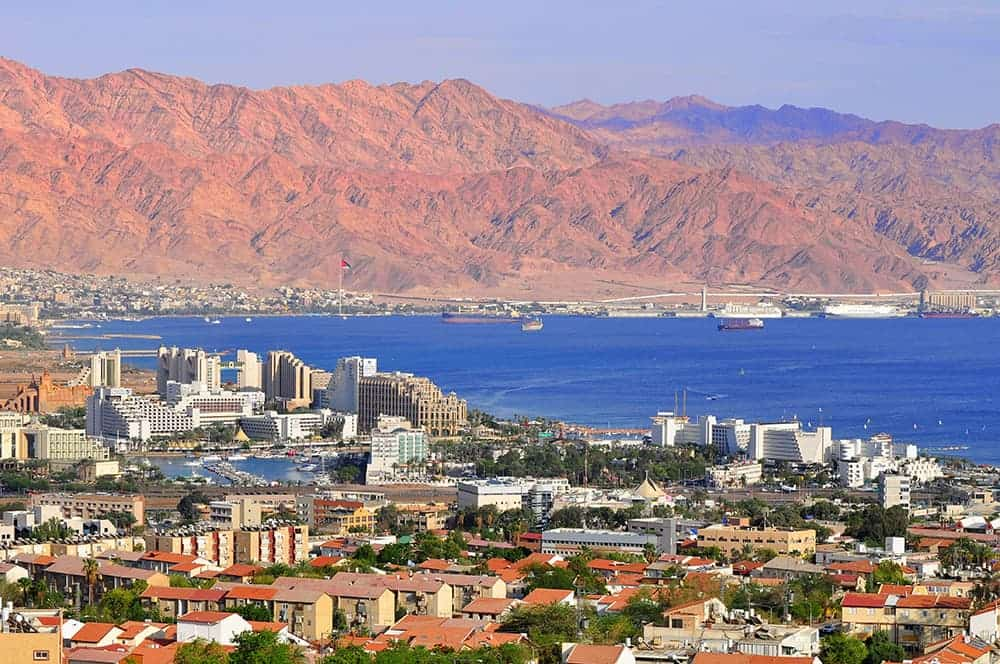How to accept international payments at your resort.

Resorts make it possible for people from all over the world to enjoy a luxurious vacation.
If you own one of these sought-after venues, you need to do all you can to give your guests a seamless experience that extends throughout their stay, including when they pay. For this to happen, you need to accept multiple currencies.
What are international payments?
While travelers love the allure of visiting a foreign country, that does not mean that they prefer to pay in unfamiliar currencies. Today’s international payment gateway systems make it possible for resort websites to facilitate transactions in guests’ native monetary denominations.
As a result, it is much easier for your guests to understand exactly what they will be charged, leading to less confusion and fewer chargebacks and disputes.
In addition, accepting payments in your customers’ currencies of choice gives your resort additional credibility. In a sector where client trust is of paramount importance, making the payments process as clear and seamless as possible amounts to nothing less than an endorsement for your resort.
Online marketplaces.
If your resort’s website is tied exclusively to an online marketplace such as eBay or Amazon, these platforms take care of everything for you.
It is when you choose to augment this option with other means such as accepting payments on your proprietary website that you will need to explore other international payments partners.
The international merchant account.
One alternative to the online marketplace is an offshore merchant account, also known as an international merchant account. It is set up in a foreign country where you do business and is used as a repository to hold funds from international credit and debit card transactions. Just as is the case with a domestic merchant account, you can expect the money to be transferred into your business account in just a few days.
These accounts are excellent for resorts because they allow for automatic payment processing. In addition, they make it possible for you to track payment trends so that you can determine how best to grow your business.
To initialize one of these accounts, you pay an initial set-up and software fee and then simply link the account to your resort’s website. The main drawback of this type of arrangement is that any problems or disputes must be settled across borders, leading to more difficult and time-consuming resolutions.
Online payment aggregators.
This more popular way of doing business internationally takes away the need for you to set up your own individual offshore merchant account. Instead, online payment aggregators process the payments of numerous businesses through a single “batch” merchant account.
As a result, the scope of the payments you can take can be vastly increased. For instance, you could cater to customers in hundreds of different nations in their currencies of choice when you use this option. Furthermore, data security is high, and it is quite easy to track the payments your customers have made.
The biggest downside of online payment aggregators is their cost. You can expect to shell out a flat fee for every transaction plus approximately three percent of the transaction amount. Also, it may take longer for your funds to be transferred, chargebacks and other disputes can be protracted and you run a higher risk of unexpected account closures.
Best payment practices for international payments at your resort.
Now that you know the top account options available to you and you have attracted foreign customers to your resort, why not do all you can to make their experience as positive as possible?
Here are just a few best practices that can take your resort a step above your competitors:
- Offer several payment options. Increasingly, customers are preferring to settle their bookings over the internet due to the higher security of payment gateways and the protections that have been put in place by the credit card companies. However, there will be other guests who would rather make their payments on site and some who want to use bank transfers. The more alternatives you allow, the better the chances of the booking being completed.
- Learn ahead of time what payment methods make sense in your location. Each app and option carries with it added costs, so make sure that you don’t waste resources on choices that are not popular with your customer base.
- Invest in a high-quality booking system. This, along with a reputable international payment gateway, will put your future guests’ minds at ease when it comes to that all-important issue of payment security.
- Let your current customers do the talking. If you’re unsure of what payment options to offer your future guests, ask your current ones. This direct feedback can provide you with accurate guidance that you can use to shape future decisions.
In the past, resorts tended to rely on on-site payments, checks, and even cash when customers were paying for their stays. However, the advent of electronic payments and online technology have changed these protocols once and for all. As a resort owner in today’s competitive market, you cannot afford to limit yourself to outdated solutions.
For that reason, it is important to devote time and energy to finding the best international payments solution for your resort. It should be easy for you and your staff to use, offering the payment types that resonate with your customers’ preferences.
Furthermore, the solution should offer reliable customer service and support in the event of disputes or software performance issues. Once you have found the provider that is most compatible with your resort and your customers, you will be able to offer a comprehensive, secure, and client-friendly payment experience that will make your resort even more attractive.






















